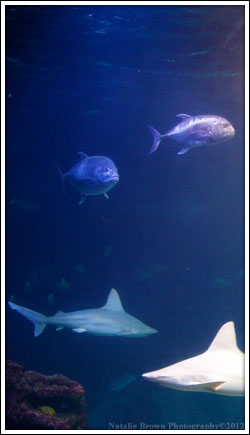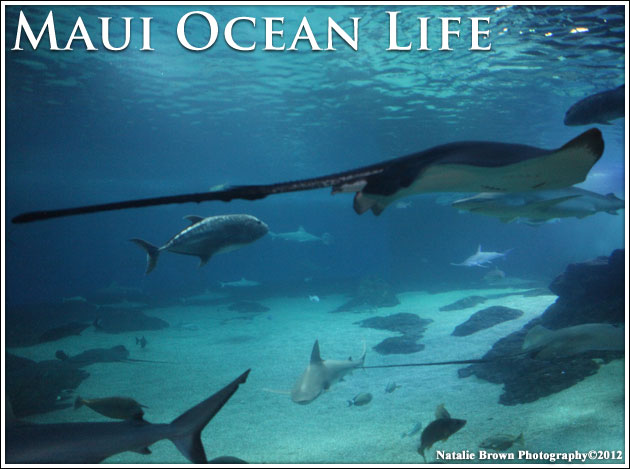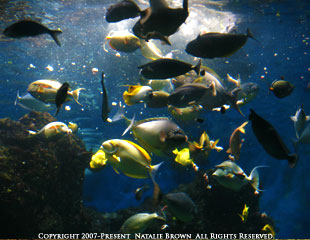 When snorkeling, most enjoy the colorful shallows of coastal reefs due to the density of fish and sea life found there. Rocky volcanic caverns and intricately woven coral reefs provide sanctuary for small and medium sized fish. Some of these active reefs are found just off the shore, while others require boat access. Maui has many different types of boat destinations suited specifically for each kind of visitor. Learn more about these Maui snorkeling tours by calling 1-800-736-5740.
When snorkeling, most enjoy the colorful shallows of coastal reefs due to the density of fish and sea life found there. Rocky volcanic caverns and intricately woven coral reefs provide sanctuary for small and medium sized fish. Some of these active reefs are found just off the shore, while others require boat access. Maui has many different types of boat destinations suited specifically for each kind of visitor. Learn more about these Maui snorkeling tours by calling 1-800-736-5740.
But what about the open ocean? What kind of fish survive away from the protection of Maui’s vibrant tropical reefs?
 For fishes living in deep open ocean, color is of little importance. Adaptations for speed, keenly tuned senses to locate prey and avoid predators, and the ability to navigate and swim vast distances, are paramount.
For fishes living in deep open ocean, color is of little importance. Adaptations for speed, keenly tuned senses to locate prey and avoid predators, and the ability to navigate and swim vast distances, are paramount.
Different fishes adopt different strategies to cope with life in this seemingly featureless void. Large predators, such as oceanic whitecap and tiger sharks are capable of fending for themselves and generally live solitary lives. Smaller prey species with no reef to hide form schools and hide within the swirling mass of their own kind.
Relationships between species form, and small fish such as juvenile jacks will swim with a larger fish, shadowing it unerringly. This is of little benefit to the larger fish, but the jack finds protection in its company and also gains access to scraps when the larger fish feeds. Some fish live their entire lives this way, while others may adopt this strategy only during their juvenile phase until they are large enough to survive on their own.
Wherever you look in the ocean, you’ll find life. From the shallows of the reef all the way to the deepest, darkest ocean trenches. Life finds a way to adapt and thrive.

Thanks to the Maui Ocean Center for the use of their excellent information and knowledgeable naturalists.

